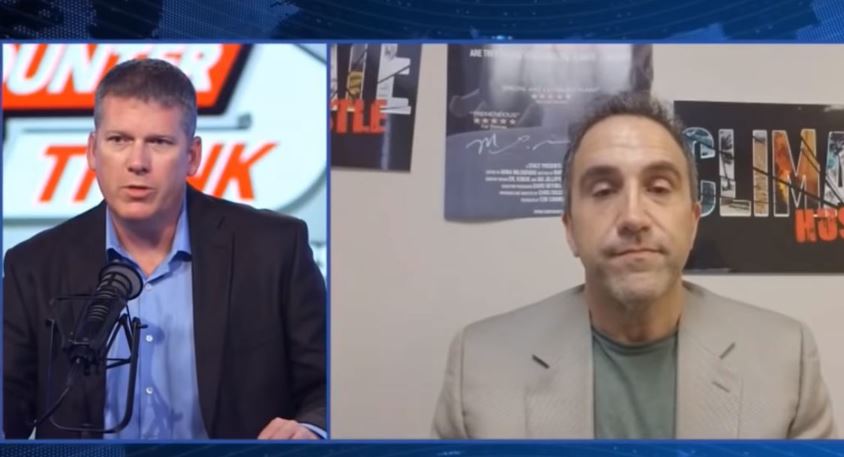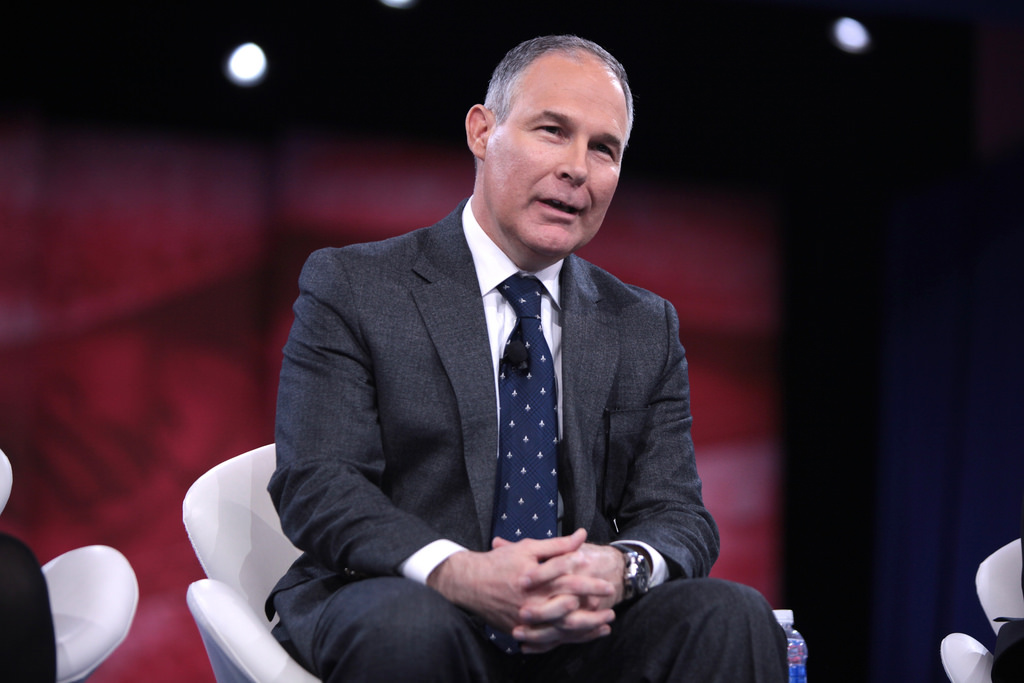EPA air pollution regulations discovered to be based on fraudulent data FAKED by rogue scientists 25 years ago
08/13/2017 / By Isabelle Z.

A researcher claims that he has found evidence that one of the Environmental Protection Agency’s (EPA) most successful and trusted air pollution rules is based on a study that is full of “data fabrication and falsification.”
The veteran toxicologist, Albert Donnay, told the Daily Caller about the problems in a 1989 study that the EPA commissioned into the health effects of carbon monoxide. That report led to 25 years of regulations, not to mention billions of dollars in catalytic converter expenses for cars.
Donnay told the Daily Caller that the EPA scientists claimed to find an effect where none existed and that they fabricated the methods that gave them these results. Essentially, he believes that the study was spun to give the EPA the results they wanted, adding that “They reported results that could not have come from human beings.”
The 1989 study was given “primary consideration” by the EPA in making several important decisions. It was compiled by the Health Effects Institute (HEI) after an earlier study had been found to rely on fabricated data. Donnay believes that the EPA was acting to get the same results that the original fraudulent study had obtained.
Donnay says the HEI study, which was funded by the EPA and the automotive industry, is filled with fraud and needs to be investigated. In the study, human carbon monoxide levels were tested on men who had coronary artery disease. The researchers measured how long the men could exercise before succumbing to angina after carbon monoxide exposure.
They found that low levels of carbon monoxide made angina worse during the exercise, and the EPA used it to support its carbon monoxide standard. The study also played a key role in a 2011 review of carbon monoxide regulations. The $2.5 million study was published in the New England Journal of Medicine, HEI Research Reports, and Environmental Health Perspectives.
Reanalysis found intentional scientific fraud
Donnay said he reanalyzed the study after a court ruled against environmentalists who challenged the EPA’s decision on carbon monoxide. He had trouble obtaining the raw data used in the study after the president of the HEI told him that it had been “discarded” in 2008 because no one had questioned the results. By piecing together information from the three journals in which the study was published and a 1985 HEI annual report, he was able to gain a better insight into the findings of the study.
He uncovered considerable evidence that the HEI study contained intentional scientific fraud. He told the Daily Caller that two different sets of results had been printed in different publications without any acknowledgment or explanation of the variation.
He sent letters to the three journals that published the study asking for a retraction, and all three were rejected. He added that his academic advisors at the University of Maryland would not allow him to use his affiliation with the school to publish the findings.
He also contacted the EPA’s inspector general and scientific integrity office to address his concerns. The inspector general said that the accusations did not amount to criminal charges, while the scientific integrity office declined to review his evidence on the grounds that the HEI study was written before their scientific integrity policy was put in place.
Donnay’s evidence can be found on the Daily Caller website. It includes a poster that he presented to the 2015 Society of Toxicology meeting outlining plagiarized results, fabricated and missing data points, unreported results, unsupported conclusions, and falsified methods, figures and tables.
Sources include:
Tagged Under: air quality, carbon monoxide, carbon monoxide rules, Daily Caller, EPA, fraudulent studies, scientific fraud



















